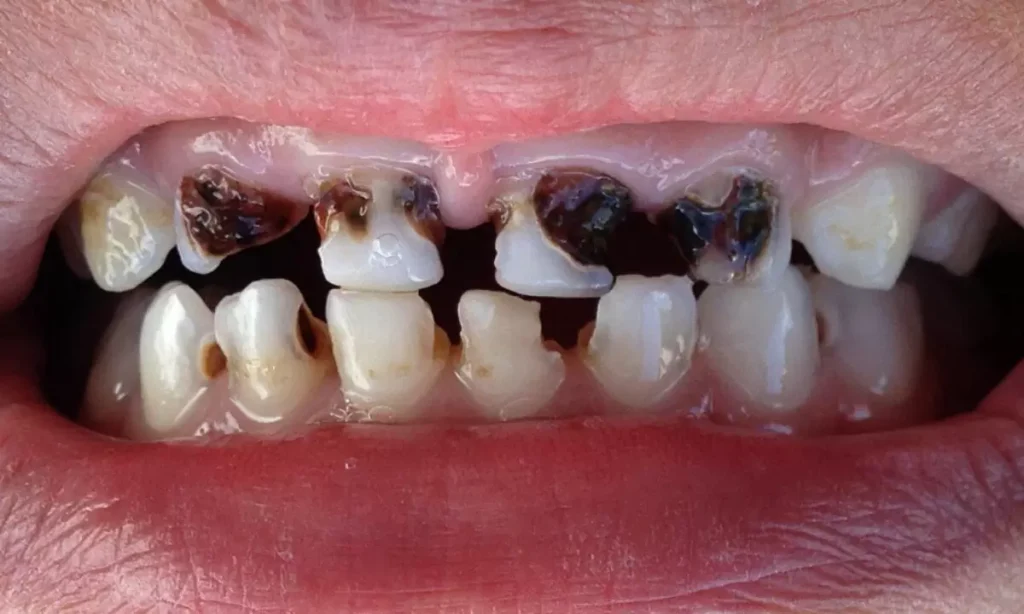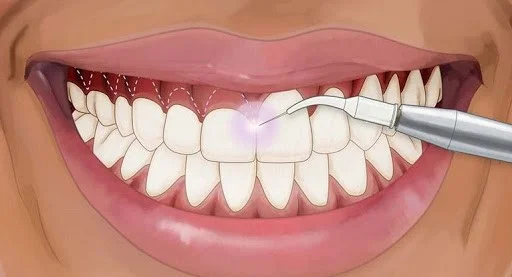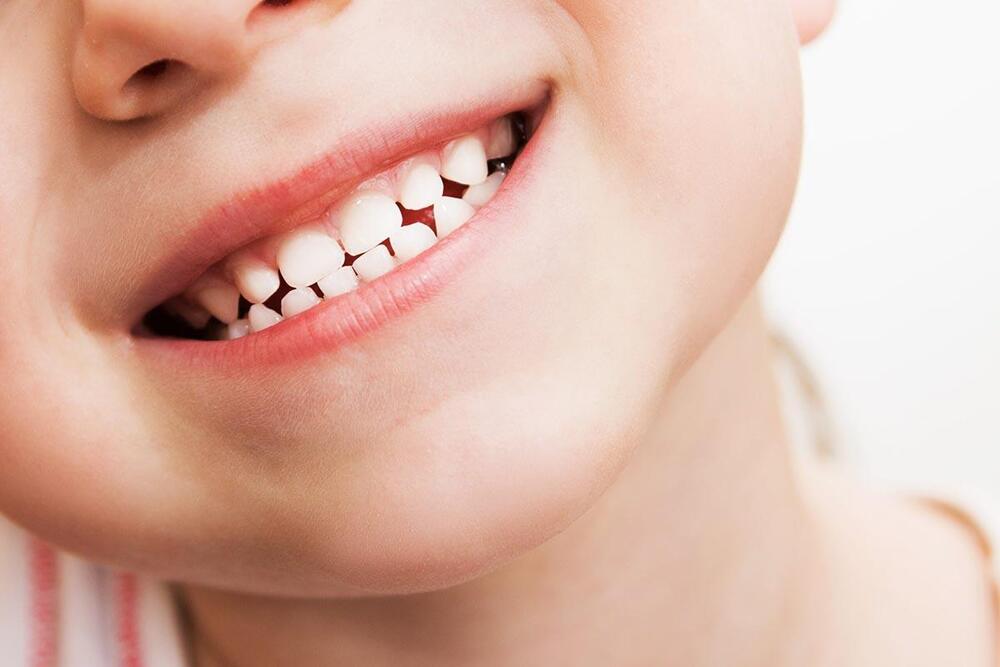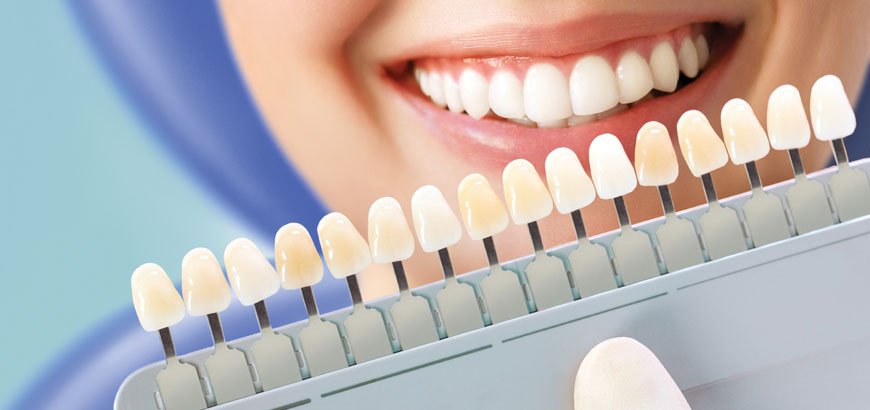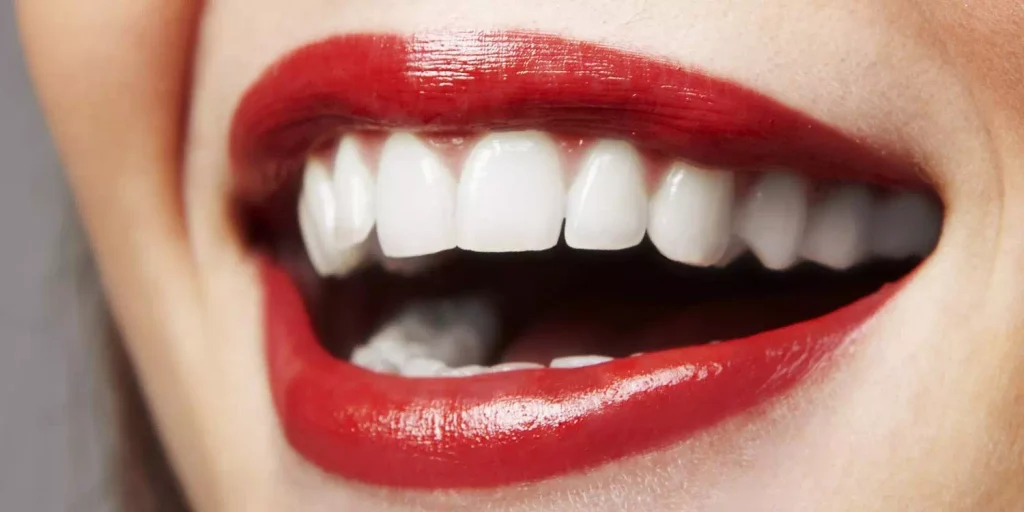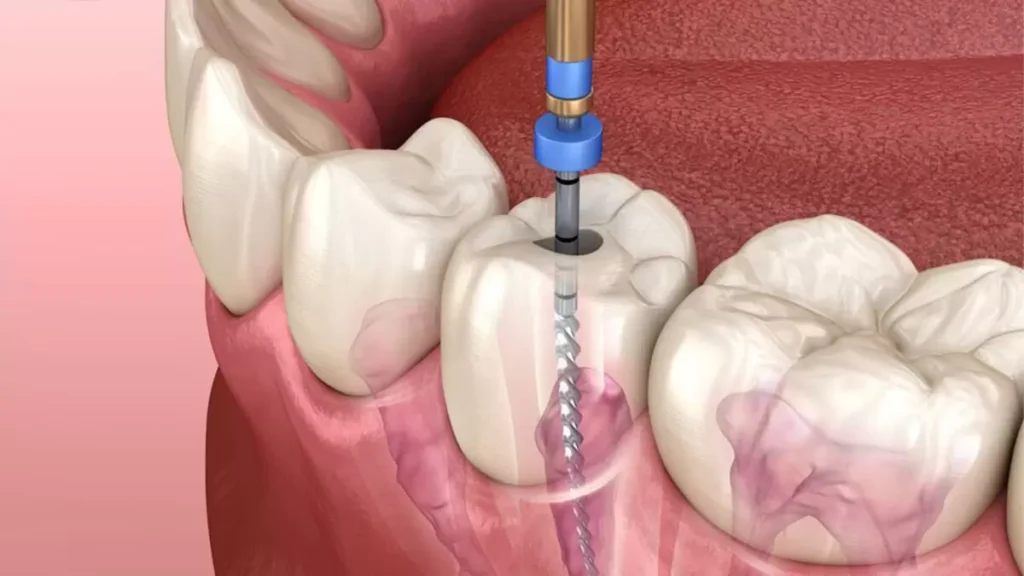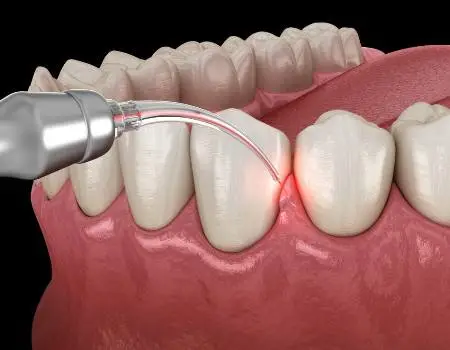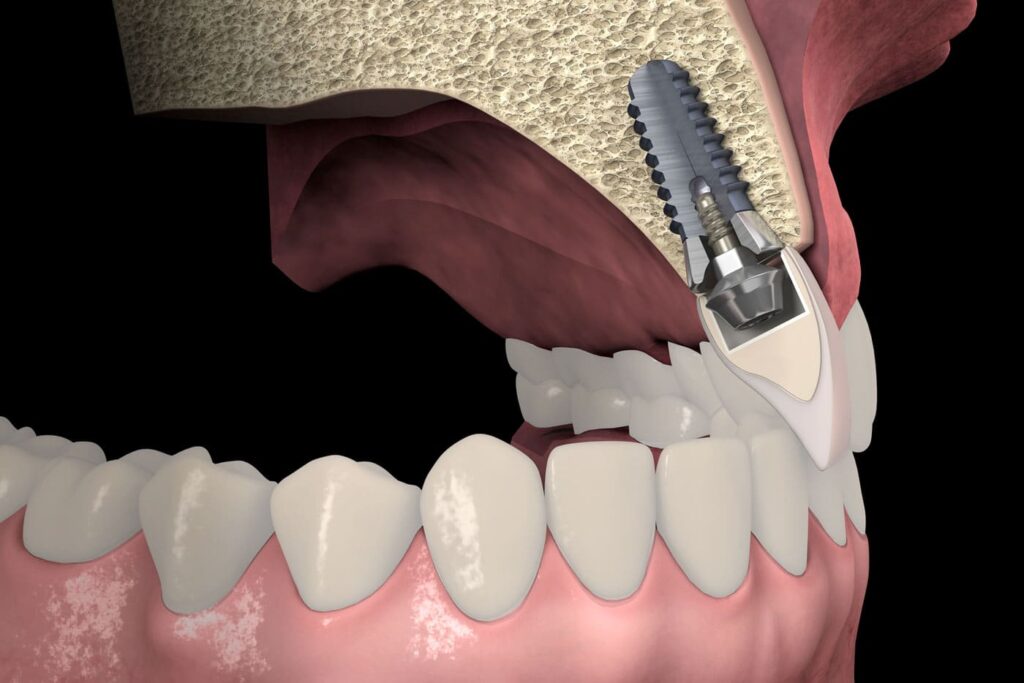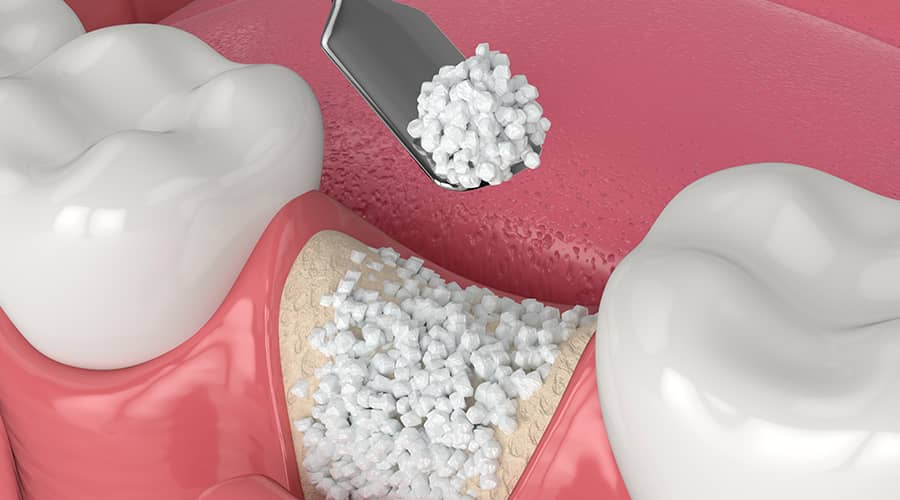A child’s smile is one of the most precious sights in the world. But tooth decay—one of the most common childhood dental problems—can quickly threaten that smile. Many parents assume, “Baby teeth will fall out anyway,” and underestimate the seriousness of cavities. In reality, tooth decay can harm both oral and overall health if not addressed early. So, what causes tooth decay in children, and how can we prevent it? Let’s explore how to keep those little teeth safe from big problems.
The Hidden Threat Behind Tooth Decay: Sugar And Acid
Children naturally love sweet treats and sugary drinks—but this habit can pose a serious risk to their teeth. When sugars from foods and beverages mix with bacteria in the mouth, they create acids. These acids gradually erode the tooth enamel, leading to cavities.
It’s not just candy and chocolate that pose a risk. Fruit juices, milk, and even some baby foods can contribute to decay if they stay on the teeth for too long—especially when consumed before bedtime without brushing. Overnight, the teeth are left vulnerable to prolonged acid attacks.
The Power Of A Brushing Routine: Start Young
Parents often question whether they are brushing their child’s teeth effectively. But a proper and consistent brushing habit is the most powerful tool against tooth decay. Children’s teeth should be brushed at least twice a day—ideally after breakfast and before bed.
Brushing should begin as soon as the first baby tooth appears. From age 3, children can start using fluoride toothpaste. Until about age 10, parents should supervise brushing to ensure proper technique and coverage. A strong brushing routine can significantly reduce the need for future dental treatment.
Preventive Dentistry: Fissure Sealants And Fluoride Treatments
At-home care is essential, but regular dental visits are just as important. Preventive treatments like fissure sealants and fluoride applications can dramatically reduce the risk of cavities.
When permanent molars begin to erupt—usually around age 6—dentists may apply fissure sealants to protect the deep grooves on the chewing surfaces. These areas are prone to trapping food and bacteria.
Additionally, topical fluoride treatments, typically applied every 3 to 6 months under a dentist’s guidance, help strengthen the enamel and can even reverse early-stage decay.
Conclusion: Healthy Smiles Begin With Healthy Habits
Tooth decay in children is more serious—and more common—than many realize. But with healthy eating, regular and effective brushing, active parental involvement, and professional preventive care, it’s entirely possible to keep your child’s teeth cavity-free.
Remember: A healthy smile sets the foundation for a healthy life. Take action today to protect your child’s oral health for years to come.
Disclaimer: This article is intended for general informational purposes only. Every child’s dental situation is unique. Always consult a qualified dentist for diagnosis and personalized treatment. This content is not a substitute for professional medical advice.
